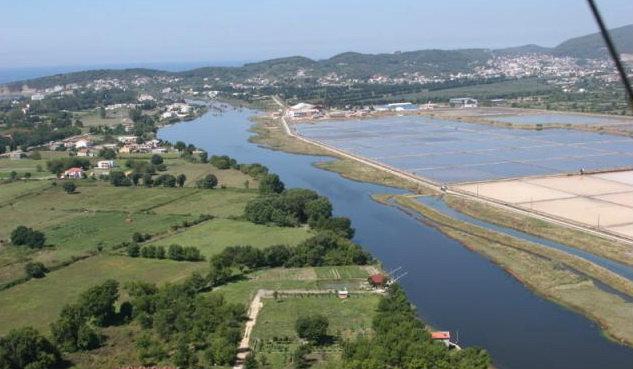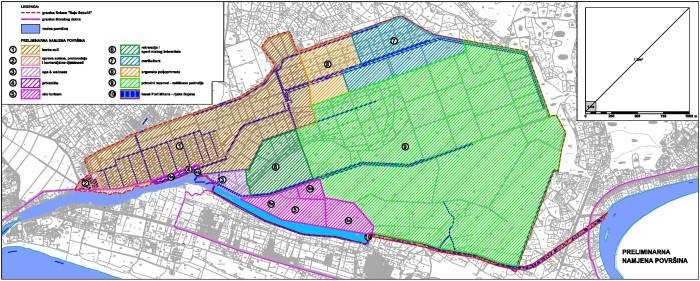Project for Solana Ulcinj
The Government of Montenegro adopted the notice of the 15th Venice Architecture Biennale, after which the proposed theme and concept of this year Montenegrin pavilion – a project of Solana Ulcinj.
At the conference spoke, Minister Branimir Gvozdenovic , Montenegrin pavilion Commissioner Diana Vucinic, and curator of the pavilion Mr. Bart Lootsma.
Project Solana fits the theme of the Biennale 2016. “Reporting from the Front”, in which Alejandro Aravena, artistic director of the Biennale, wants to show the strength and vitality of the architecture, as a profession that makes proposals to improve the quality of environment and quality of life in general.
Solana Ulcinj stresses the importance of finding new, sustainable symbiosis between man and nature, given that the starting point of the artificial biotope – salt works, which has a unique biodiversity of flora and fauna at the regional level, and plays an important role in the global movements of birds.
The project will propose sustainable solutions for the future of this site.
Four teams will be assembled, who will present the spatial strategy for the sustainable ecological and economic development of Solana: a team from Montenegro and three international practices.
The project, which will present the spatial strategy for the sustainable ecological and economic development of Solana will operate three international practices that are very different to each other, with an open and innovative positions in the field of landscape architecture, urban planning and sustainability:
ecoLogic Studio from London; LAAC from Innsbruck and Lola from Rotterdam.
These practices have a significant experience in landscape projects on a large scale and are active in different fields of spatial research.
Profesor Bart Lootsma said in the meeting, Solana is incredibly interesting and is important locally, nationally regionally and globally.
For years has been stagnation and salt works is not working, there have been conflicts between the owner, the local population, people who want to preserve nature and the government, so it is very important to find the best solution for Solana Ulcinj.
The crucial issue that is stated how humans, technology and nature interact with each other is an issue on international importance and also that is the reason why internationalaudiences will be interested in this project and its result .
It can be an exemplar project, how man deals with nature how nature and technology is shaped how sustainability is defined not only in the sense of protecting the nature but also in the sense of economic sustainability, indication of tourism.
The result will be taking to account in the master plan that is currently produced.
The first symposium “The Brief” will be held on 12 and 13 February in Ulcinj and invite all interested parties to be part of it.
The second symposium “REPORTING FROM THE FRONT” will be on 30 May in Venice, and is intended for the international professional community, while the third symposium “The Debate”, in July in Kotor and it will be presented and discussed the results of the project.
Solana Ulcinj “Bajo Sekulic”
is part of a network of interconnected wetlands in the delta of the river Bojana – Buna. Ulcinj Salina is one of the largest in the Mediterranean region. Solana is fully artificial – man-made.
The artificiality is manifested in a fascinating and very orthogonal arrangement of the pool for evaporation and crystallization of the production process which involves pumping water out of the sea.
No matter what is man-made, Solana represents a biotope of European or global significance for several reasons. Various conditions in the basin produce a unique biodiversity of flora and fauna.
In addition, the salt works at Ulcinj is the most important locations for resting, wintering and nesting of a large number of water birds along the Adriatic migrant corridor. Solana visited at least 250 species of birds from northern and central Europe on their way to Africa and Asia, and vice versa.
The plan is to protect this area at national and international levels, and the biggest challenge is to make this site sustainable in environmental and economic terms.
Published on gov.me


